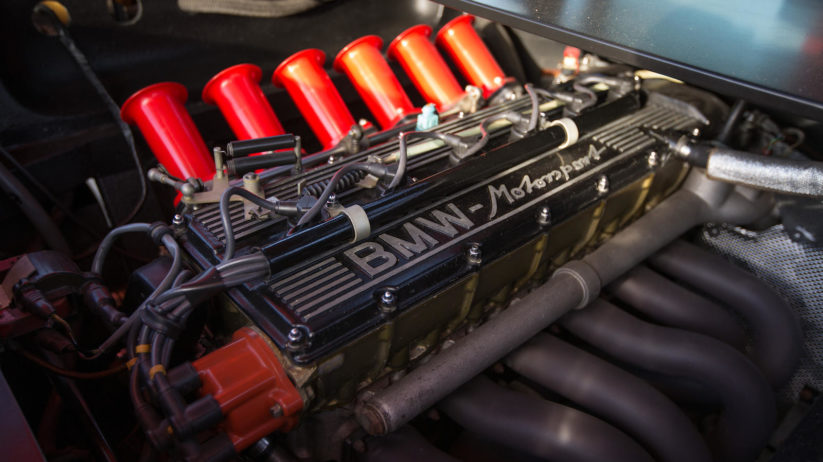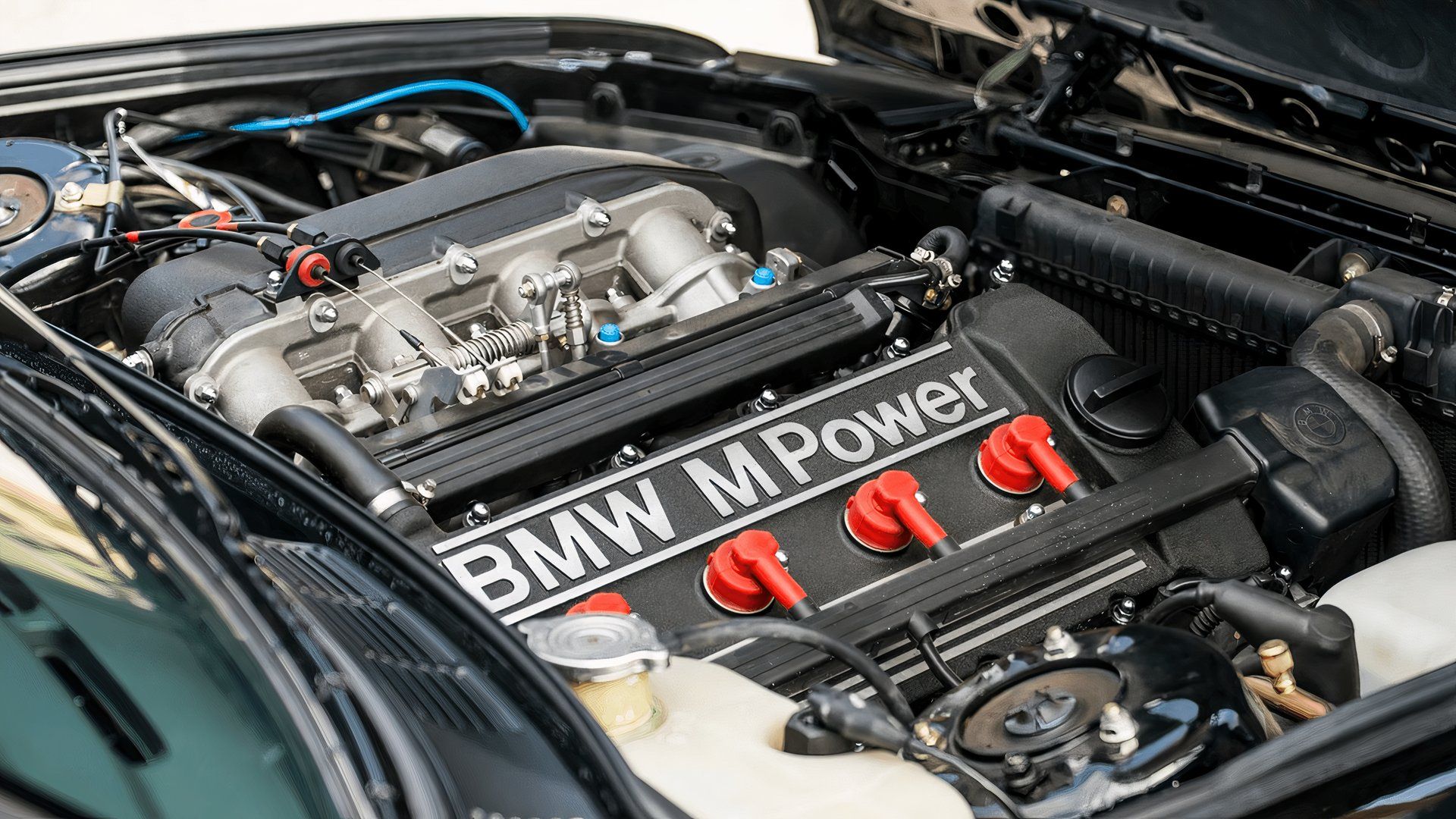Leading 5 BMW Engine Technologies Revolutionizing the Automotive Industry
Leading 5 BMW Engine Technologies Revolutionizing the Automotive Industry
Blog Article
Discovering the Evolution of Combustion Engines in Modern Transport Systems
As we browse the landscape of modern-day transport, the advancement of burning engines stands as a testimony to human resourcefulness and design expertise. The interplay of history, modern technology, and ecological problems in shaping the trajectory of burning engines produces a narrative that is both engaging and informative.
Very Early Beginnings of Combustion Engines
Just how did the idea of combustion engines initial arise in the early phases of transportation growth? When the concepts of internal burning were very first explored, the origins of burning engines can be traced back to the 17th century. In 1673, Christian Huygens conceptualized a basic inner burning engine that used gunpowder to generate power. It wasn't up until the late 19th century that useful applications of burning engines in transportation started to emerge.
The breakthrough minute came with the innovation of the initial successful gasoline-powered engine by Karl Benz in 1885 - bmw engine. This engine led the way for the growth of the modern car, changing transportation systems worldwide. Subsequent advancements by Nikolaus Otto and Gottlieb Daimler better fine-tuned burning engine innovation, causing the mass production of vehicles and the rapid growth of the transport sector
These early combustion engines were characterized by their simpleness and performance, laying the structure for the facility and effective engines utilized in contemporary transportation systems. The evolution of combustion engines has actually contributed in forming the means we take a trip and deliver products, marking a significant milestone in the background of transport advancement.
Shift to Internal Burning Innovation
The shift to internal burning modern technology marked a critical shift in the advancement of transportation systems. This shift started in the late 19th century, with developers like Nikolaus Otto and Gottlieb Daimler establishing the very first successful inner burning engines. These engines transformed transportation by supplying a much more powerful and efficient choice to heavy steam engines and electrical motors.
Among the key benefits of interior combustion engines was their capacity to be scaled down to match automobiles, resulting in the growth of cars and motorcycles. This change from cumbersome, stationary engines to portable, mobile ones paved the way for the modern-day transportation systems we see today.
The change to interior burning innovation additionally spurred innovations in fuel modern technology, resulting in the growth of gasoline and diesel as main gas resources for lorries. This shift not just made transport much more accessible to the masses yet also laid the structure for the oil and gas sector to become indispensable to global economic situations.
Impact of Combustion Engines on Transportation
The adoption of burning engines in transport systems catalyzed a profound change in the effectiveness and rate of global flexibility. Combustion engines changed transportation by supplying a reputable and functional resource of power for various automobiles, consisting of vehicles, vehicles, ships, and airplanes. This technology considerably boosted the ability for people and goods to move over long distances in shorter time structures, leading to boosted connection in between regions and countries.
Furthermore, the extensive usage of burning engines has had a significant influence on financial growth. The ability to move goods effectively has actually stimulated profession and business, allowing organizations to broaden their markets and get to consumers worldwide. This has promoted economic development and globalization, as products can currently be transferred quicker and in larger quantities than ever in the past.
Nonetheless, the ecological effect of combustion engines can not be overlooked. The burning of nonrenewable fuel sources has led to air contamination and greenhouse gas exhausts, adding to climate change and posturing health and wellness risks to populaces. bmw engine. As an outcome, there is a growing focus on establishing alternative propulsion modern technologies to alleviate these negative results and produce a more lasting future for transportation
Technologies in Combustion Engine Design
Many developments in burning engine style have actually driven the evolution of transport systems over the decades. One remarkable advancement is the development of turbocharged engines, which make use of exhaust gases to drive a wind turbine that presses inbound air, enabling even more fuel to be burnt, leading to raised power outcome without a substantial boost in engine dimension. Furthermore, straight shot innovation has actually improved fuel efficiency and performance by specifically managing the quantity and timing of fuel injected right into the combustion chamber. Variable shutoff timing systems have actually also reinvented engine layout by optimizing air flow at various engine speeds, boosting both power and effectiveness. An additional considerable development is the assimilation of lightweight materials such as carbon fiber and light weight aluminum alloys, decreasing overall engine weight and boosting vehicle gas economy. Moreover, advancements in computer-aided style have actually enabled engineers to maximize engine performance and effectiveness via simulations before physical prototypes are developed, conserving time and sources try this in the growth procedure. These developments collectively add to the continual renovation of burning engines in modern-day transport systems.
Future Trends in Burning Engine Advancement
With innovation developments driving constant development, the future of burning engine advancement is positioned to reinvent transportation systems around the world. One of the vital trends in burning engine advancement is the push in the direction of better effectiveness and decreased exhausts.
An additional popular fad is the adoption of hybrid technologies in burning engines. Hybrid engines incorporate typical burning modern technology with electrical power, using improved fuel performance and reduced exhausts. As the automotive sector shifts in the direction of electrification, crossbreed burning engines are seen as a transitional service that links the gap view website between conventional automobiles and totally electrical ones.
Moreover, the integration of smart innovations, such as expert system and information analytics, is anticipated to play a substantial duty in the future of burning engine development. These technologies can optimize engine performance in real-time, leading to more efficient combustion processes and enhanced total car performance. Accepting these future trends will not only drive innovation in burning engine growth yet additionally add to a much more environmentally pleasant and lasting transportation environment.

Final Thought
Finally, the advancement of combustion engines in modern transportation systems has been marked by significant developments in innovation and design. From the early beginnings of combustion engines to the transition to internal combustion technology, these engines have had a profound impact on transport. Innovations in burning engine layout remain to drive progression in this field, with future patterns focusing on further boosting performance and reducing emissions. The future of burning engines in transport looks appealing as r & d efforts proceed to press borders.
The origins of combustion engines can be traced back to the 17th century when the principles of internal burning were very first checked out. These engines transformed transportation by supplying an extra effective and efficient choice to vapor engines and electric motors.

Report this page